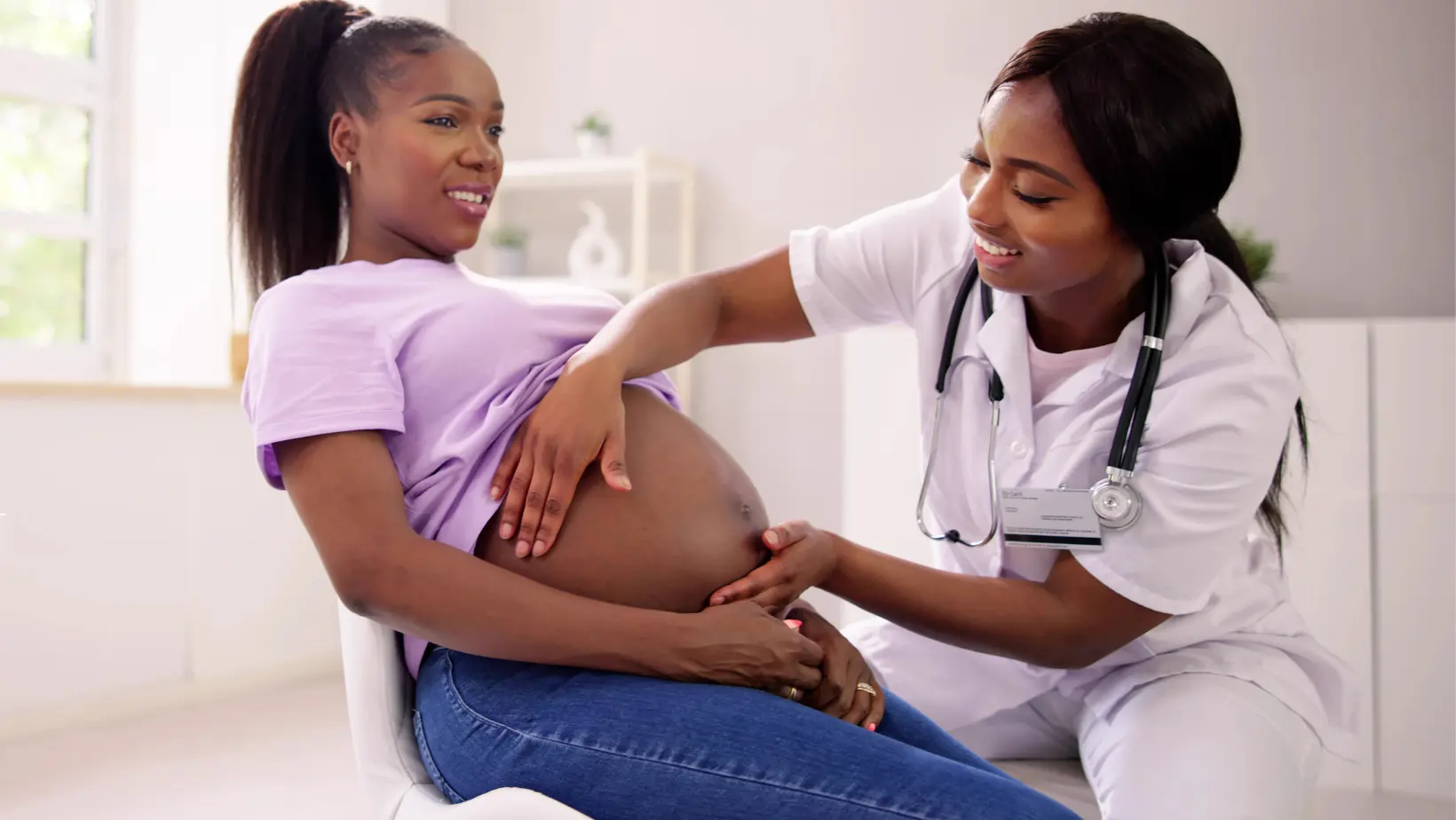Ideally, all pregnant women will go into labour on their own to prevent potential complications associated with artificial stimulation of contractions. Induction, provoking or triggering labour refer to this artificial process.
In this article:
- Predictors of Success in Triggering Labour
- Factors that can Prevent Triggering Labour
According to available data, induction rates in Canada are about 24% but vary from one hospital to another.
Before triggering labour, you have to evaluate the reason for the procedure, the method to be used and the risk for mother and baby. The Society of Obstetricians and Gynecologists of Canada is clear – you need an obstetric or medical reason to proceed with induction. The most common reason to trigger labour is a prolonged pregnancy.
Many situations require contractions to be stimulated to trigger labour:
- Complications such as preeclampsia, illness or hemorrhage
- Post-term pregnancy (6% of pregnancies) around 42 weeks
- Water breaking not followed by contractions after several hours
- Delayed intrauterine growth of the baby
- When the mother has poorly controlled gestational diabetes or hypertension
You have to talk about this during prenatal classes as it will affect many future mothers.
Predictors of Success in Triggering Labour
Different signs will indicate triggering labour will be successful. When a woman has already given birth vaginally, this helps. Their Bishop score, which refers to the favourable conditions for a vaginal birth, rates the following elements:
- Cervical effacement (%)
- Cervical dilation (cm)
- Cervical consistency
- Cervical position (anterior or posterior)
- Fetal station (head vs. pelvic bones)
If these elements are progressing, meaning a “favourable” cervix that is soft and is already effacing and dilating, vaginal birth will be seen as a likely outcome, and triggering labour should go well.
Current data about triggering labour artificially does not indicate that it is associated with a higher risk of caesarean sections.
To continue reading, go to Factors that can Prevent Triggering Labour.


